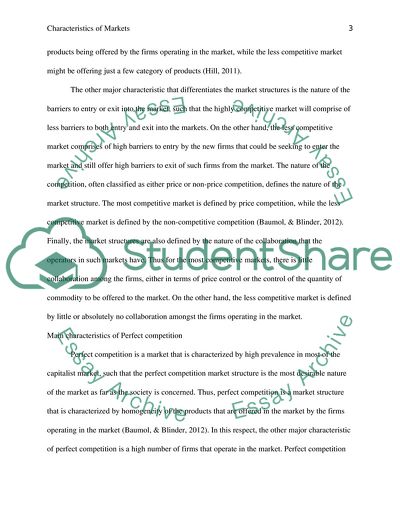Cite this document
(Comparision Essay Example | Topics and Well Written Essays - 1750 words, n.d.)
Comparision Essay Example | Topics and Well Written Essays - 1750 words. https://studentshare.org/macro-microeconomics/1854181-comparision
Comparision Essay Example | Topics and Well Written Essays - 1750 words. https://studentshare.org/macro-microeconomics/1854181-comparision
(Comparision Essay Example | Topics and Well Written Essays - 1750 Words)
Comparision Essay Example | Topics and Well Written Essays - 1750 Words. https://studentshare.org/macro-microeconomics/1854181-comparision.
Comparision Essay Example | Topics and Well Written Essays - 1750 Words. https://studentshare.org/macro-microeconomics/1854181-comparision.
“Comparision Essay Example | Topics and Well Written Essays - 1750 Words”. https://studentshare.org/macro-microeconomics/1854181-comparision.


